
6 minute read
Prevent Acid Burns
Acid Burns
Sulfuric acid in battery electrolyte is poisonous It is strong enough to burn skin, eat holes in clothing, and cause blindness if splashed into eyes
Advertisement
Avoid the hazard by:
1.Filling batteries in a well-ventilated area.
2.Wearing eye protection and rubber gloves.
3.Avoiding breathing fumes when electrolyte is added.
4.Avoiding spilling or dripping electrolyte.
5 Use proper jump start procedure
If you spill acid on yourself:
1 Flush your skin with water
2 Apply baking soda or lime to help neutralize the acid
3.Flush your eyes with water for 15 30 minutes. Get medical attention immediately.
If acid is swallowed:
1 Do not induce vomiting
2 Drink large amounts of water or milk, but do not exceed 2 L (2 quarts)
3 Get medical attention immediately
Handle Chemical Products Safely
Material Safety Data Sheet
Direct exposure to hazardous chemicals can cause serious injury Potentially hazardous chemicals used with John Deere equipment include such items as lubricants, coolants, paints, and adhesives
A Material Safety Data Sheet (MSDS) provides specific details on chemical products: physical and health hazards, safety procedures, and emergency response techniques.
Check the MSDS before you start any job using a hazardous chemical. That way you will know exactly what the risks are and how to do the job safely. Then follow procedures and recommended equipment.

(See your John Deere dealer for MSDS’s on chemical products used with John Deere equipment.)
Handle Starting Fluid Safely
Store Safely
Starting fluid is highly flammable.
Keep all sparks and flame away when using it Keep starting fluid away from batteries and cables
To prevent accidental discharge when storing the pressurized can, keep the cap on the container, and store in a cool, protected location
Do not incinerate or puncture a starting fluid container.
Do not use starting fluid on an engine equipped with glow plugs or an air intake heater.
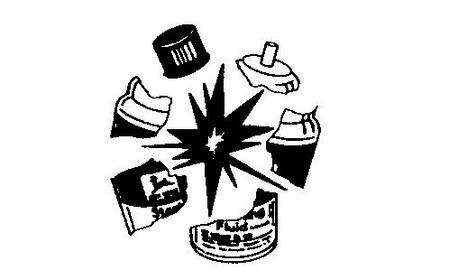
Avoid High-Pressure Fluids
High Pressure
Inspect hydraulic hoses periodically – at least once per year – for leakage, kinking, cuts, cracks, abrasion, blisters, corrosion, exposed wire braid or any other signs of wear or damage
Replace worn or damaged hose assemblies immediately with John Deere approved replacement parts.
Escaping fluid under pressure can penetrate the skin causing serious injury
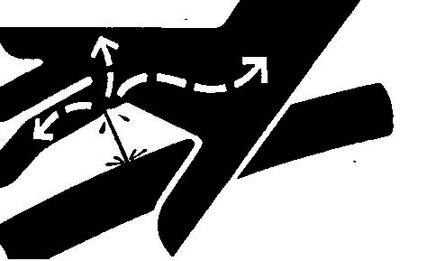
Avoid the hazard by relieving pressure before disconnecting hydraulic or other lines. Tighten all connections before applying pressure
Search for leaks with a piece of cardboard. Protect hands and body from high-pressure fluids.
If an accident occurs, see a doctor immediately Any fluid injected into the skin must be surgically removed within a few hours or gangrene may result Doctors unfamiliar with this type of injury should reference a knowledgeable medical source Such information is available in English from Deere & Company Medical Department in Moline, Illinois, U.S.A., by calling 1-800-822-8262 or +1 309-748-5636.
Park Machine Safely
Remove the Key

Before working on the machine:
Lower all equipment to the ground
Stop the engine and remove the key
Disconnect the battery ground strap
Hang a "DO NOT OPERATE" tag in operator station.
Support Machine Properly
Support Properly
Always lower the attachment or implement to the ground before you work on the machine If the work requires that the machine or attachment be lifted, provide secure support for them If left in a raised position, hydraulically supported devices can settle or leak down.
Do not support the machine on cinder blocks, hollow tiles, or props that may crumble under continuous load Do not work under a machine that is supported solely by a jack Follow recommended procedures in this manual When implements or attachments are used with a machine, always follow safety precautions listed in the implement or attachment operator′s manual

Wear Protective Clothing
Protective Clothing
Wear close fitting clothing and safety equipment appropriate to the job.

Prolonged exposure to loud noise can cause impairment or loss of hearing

Wear a suitable hearing protective device such as earmuffs or earplugs to protect against objectionable or uncomfortable loud noises
Operating equipment safely requires the full attention of the operator Do not wear radio or music headphones while operating machine.
Protect Against Noise
Noise Exposure
Prolonged exposure to loud noise can cause impairment or loss of hearing.


Wear a suitable hearing protective device such as earmuffs or earplugs to protect against objectionable or uncomfortable loud noises
Work in Clean Area
Clean Work Area
Before starting a job:
Clean work area and machine
Make sure you have all necessary tools to do your job Have the right parts on hand.
Read all instructions thoroughly; do not attempt shortcuts.
Work In Ventilated Area
Engine exhaust fumes
Engine exhaust fumes can cause sickness or death If it is necessary to run an engine in an enclosed area, remove the exhaust fumes from the area with an exhaust pipe extension
If you do not have an exhaust pipe extension, open the doors and get outside air into the area
Illuminate Work Area Safely
Work Area Safely
Illuminate your work area adequately but safely Use a portable safety light for working inside or under the machine Make sure the bulb is enclosed by a wire cage. The hot filament of an accidentally broken bulb can ignite spilled fuel or oil.
Service Machines Safely
Moving Parts
Tie long hair behind your head. Do not wear a necktie, scarf, loose clothing, or necklace when you work near machine tools or moving parts. If these items were to get caught, severe injury could result.
Remove rings and other jewelry to prevent electrical shorts and entanglement in moving parts

Construct Dealer-Made Tools Safely

Construct Dealer-Made Tools Safely
Faulty or broken tools can result in serious injury. When constructing tools, use proper, quality materials, and good workmanship.
Do not weld tools unless you have the proper equipment and experience to perform the job.
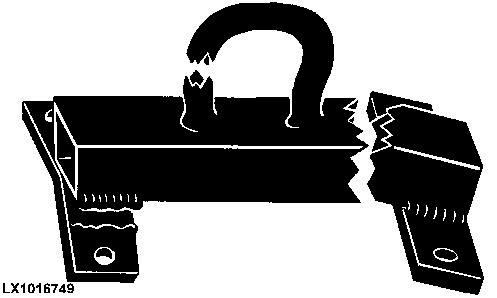
Service Cooling System Safely
Cooling System
Explosive release of fluids from pressurized cooling system can cause serious burns
Shut off engine Only remove filler cap when cool enough to touch with bare hands Slowly loosen cap to first stop to relieve pressure before removing completely

Wait Before Opening High-Pressure Fuel System
High-Pressure Fuel Lines
High-pressure fluid remaining in fuel lines can cause serious injury Only technicians familiar with this type of system should perform repairs. Before disconnecting fuel lines, sensors, or any other components between the high-pressure fuel pump and nozzles on engines with High-Pressure Common Rail (HPCR) fuel system, confirm that the fuel pressure is relieved.
Replace Safety Signs
Safety Signs
Replace missing or damaged safety signs See the machine operator’s manual for correct safety sign placement
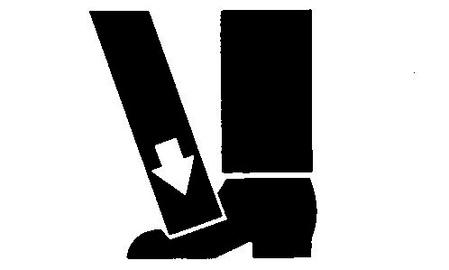
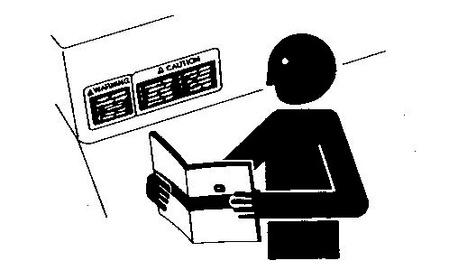
Use Proper Lifting Equipment
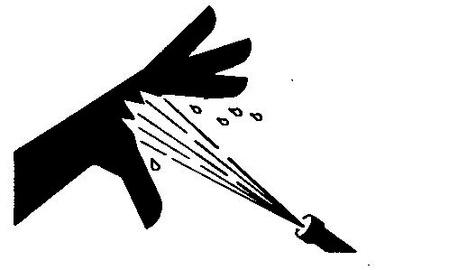
Proper Lifting Equipment
Lifting heavy components incorrectly can cause severe injury or machine damage
Follow recommended procedure for removal and installation of components in the manual.
Remove Paint Before Welding or Heating
Toxic Fumes
Avoid potentially toxic fumes and dust
Hazardous fumes can be generated when paint is heated by welding, soldering, or using a torch.
Remove paint before heating:
Remove paint a minimum of 100 mm (4 in ) from area to be affected by heating If paint cannot be removed, wear an approved respirator before heating or welding
If you sand or grind paint, avoid breathing the dust Wear an approved respirator

If you use solvent or paint stripper, remove stripper with soap and water before welding Remove solvent or paint stripper containers and other flammable material from area. Allow fumes to disperse at least 15 minutes before welding or heating.
Do not use a chlorinated solvent in areas where welding will take place.
Do all work in an area that is well ventilated to carry toxic fumes and dust away
Dispose of paint and solvent properly.
Avoid Heating Near Pressurized Fluid Lines
Flammable Spray
Flammable spray can be generated by heating near pressurized fluid lines, resulting in severe burns to yourself and bystanders Do not heat by welding, soldering, or using a torch near pressurized fluid lines or other flammable materials Pressurized lines can accidentally burst when heat goes beyond the immediate flame area.
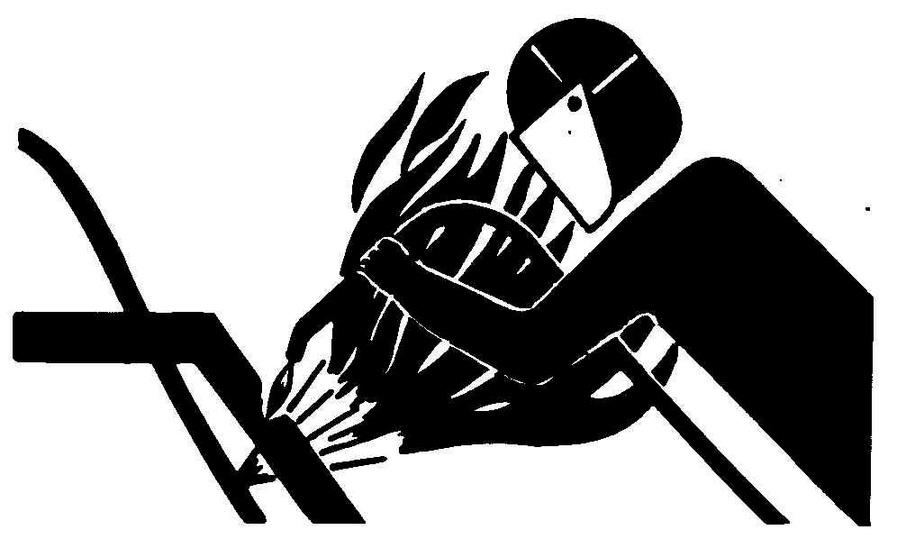
Explosive Tire and Rim Parts
Explosive separation of a tire and rim parts can cause serious injury or death.
Do not attempt to mount a tire unless you have the proper equipment and experience to perform the job.

Always maintain the correct tire pressure Do not inflate the tires above the recommended pressure Never weld or heat a wheel and tire assembly The heat can cause an increase in air pressure resulting in a tire explosion Welding can structurally weaken or deform the wheel
When inflating tires, use a clip-on chuck and extension hose long enough to allow you to stand to one side and NOT in front of or over the tire assembly. Use a safety cage if available. Check wheels for low pressure, cuts, bubbles, damaged rims or missing lug bolts and nuts.
Avoid Harmful Asbestos Dust
Asbestos Dust
Avoid breathing dust that may be generated when handling components containing asbestos fibers Inhaled asbestos fibers may cause lung cancer.

Components in products that may contain asbestos fibers are brake pads, brake band and lining assemblies, clutch plates, and some gaskets The asbestos used in these components is usually found in a resin or sealed in some way Normal handling is not hazardous as long as airborne dust containing asbestos is not generated
Avoid creating dust Never use compressed air for cleaning Avoid brushing or grinding material containing asbestos When servicing, wear an approved respirator. A special vacuum cleaner is recommended to clean asbestos. If not available, apply a mist of oil or water on the material containing asbestos
Keep bystanders away from the area.


